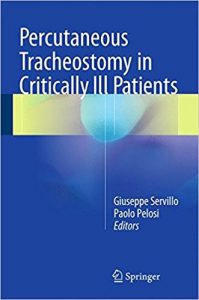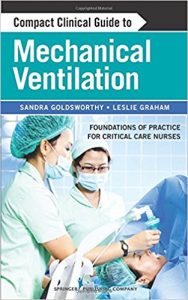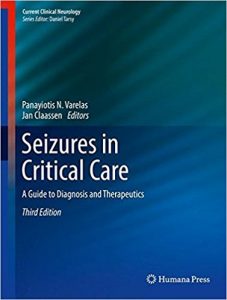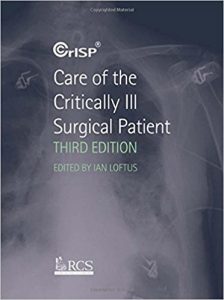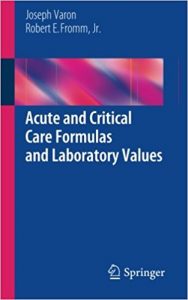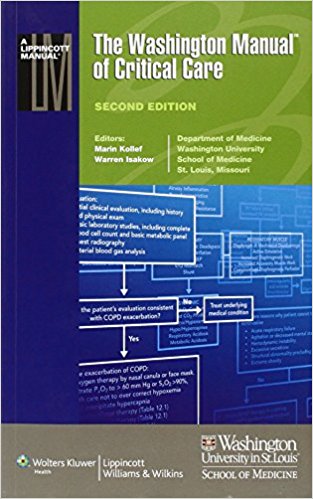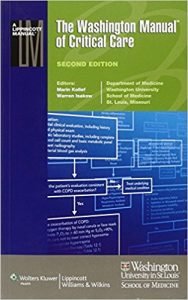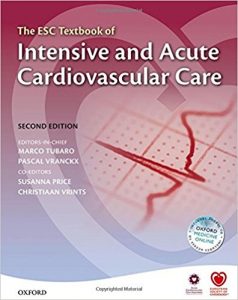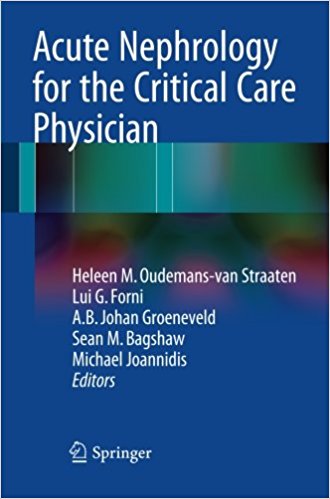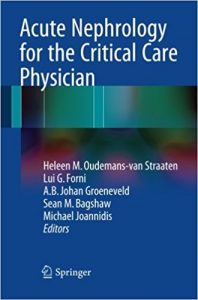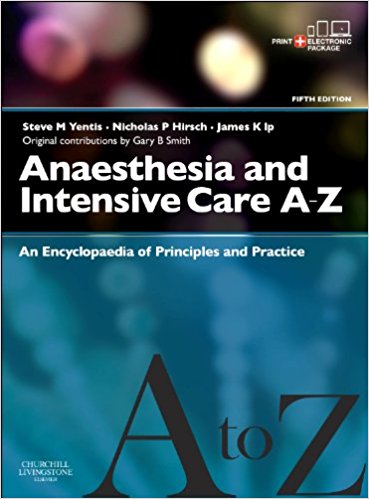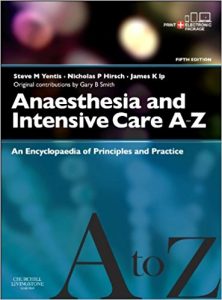Building on the success of previous editions, Anaesthesia and Intensive Care A-Z (Fifth edition) remains the most comprehensive single volume source of relevant aspects of pharmacology, physiology, anatomy, physics, statistics, medicine, surgery, general anaesthetic practice, intensive care, equipment, and the history of anaesthesia and intensive care.
Originally prepared as essential reading for candidates for the Fellowship of the Royal College of Anaesthetists and similar exams, this fully updated edition will also prove as invaluable as ever for all anaesthetists and critical care physicians, as well as operating department practitioners and specialist nurses.
All entries have been carefully reviewed and new ones added to reflect the latest advances and the evolving field breadth. This edition includes a structured checklist of entries, ordered by curriculum core topic area, as an additional new aid for those planning their revision. Also for the first time, this fifth edition now comes with complementary access to the complete electronic version of the book. It is now easy to use the content just as you need it, anytime, anywhere – whether online or offline, on your laptop, tablet or mobile device.
- Succinct, clear text and diagrams make quick reference easy
- Entries arranged alphabetically, with extensive cross-referencing to ensure full understanding of topics
- Thoroughly revised throughout to reflect the latest advances in the field
- New exam preparation checklist ordered by core topics, for more effective use of revision time and enhanced confidence
- More flexible and practical than ever before, with anytime, anywhere electronic access
Your eBook is much more than just ‘pictures of pages’:
- Fully searchable, with main category entries prioritised in search returns
- Customise your page views
- Highlight and make searchable notes
- Print and copy-and-paste with bibliographic support
- Download to multiple devices, including desktop and mobile
- Additional line diagrams further enhance topic descriptions
- Contains a wide expansion of new entries and revisions of existing ones to reflect ongoing advances in the field
- New exam preparation checklist ordered by core topics, for more effective use of revision time and enhanced confidence
- Comes with complete eBook version – more flexible and practical than ever before, with anytime, anywhere electronic access
Your eBook is much more than just ‘pictures of pages’:
- Fully searchable, with main category entries prioritised in search returns
- Customise your page views
- Highlight and make searchable notes
- Print and copy-and-paste with bibliographic support
- Download to multiple devices, including desktop and mobile
DOWNLOAD THIS BOOK FREE HERE
